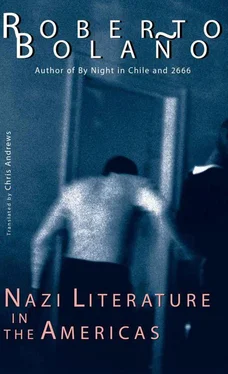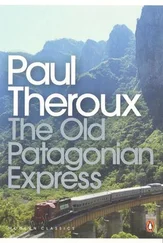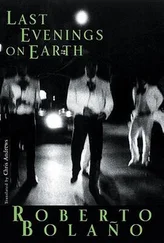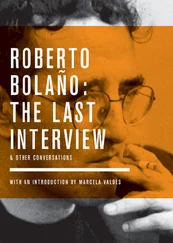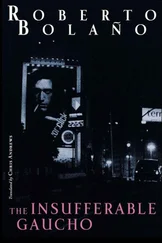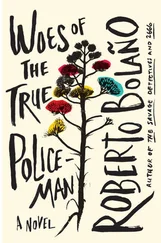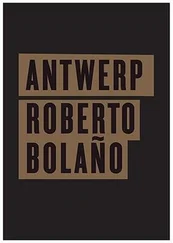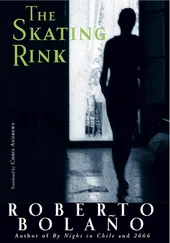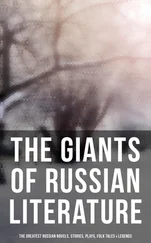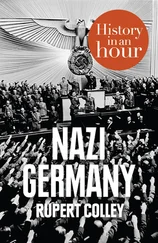Literature, as it had been conceived in the nineteenth century, had ceased to be relevant to the public, he thought. Poetry was dying. The novel wasn’t, but he didn’t know how to write novels. There were nights when he cried with rage. Then he began searching for a solution, and he didn’t let up until he found one.
In the course of his long career as a society columnist, he had come across a young fellow who was an extraordinary guitarist. He was the lover of a police colonel and lived rough in the slums of Port-au-Prince. Mirebalais sought him out and became his friend, without a precise plan at first, simply for the pleasure of hearing him play. Then he suggested they form a musical duo. The young man accepted.
And so Mirebalais’ last heteronym was born: Jacques Artibonito, composer and singer. His lyrics were plagiarized from Nacro Alidou, a poet from Upper Volta, Germany’s Gottfried Benn, and the Frenchman Armand Lanoux. The arrangements were the work of the guitarist, Eustache Descharnes, who ceded his copyright, in exchange for God knows what.
The duo’s career was uneven. Mirebalais had a bad voice but insisted on singing. He had no sense of rhythm but insisted on dancing. They made a record. Eustache, who followed him everywhere with an utterly resigned docility, seemed more like a zombie than a guitarist. Together they toured all the venues in the country, from Port-au-Prince to Cap-Haîtien, from Gonaîves to Leogane. After two years, they could only get dates in the dingiest dives. One night Eustache hanged himself in the hotel room he was sharing with Mirebalais. The poet spent a week in prison until the death was declared a suicide. He received death threats on his release. Eustache’s colonel friend promised publicly to teach him a lesson. The Monitor would no longer employ him as a journalist. His friends turned their backs on him.
Mirebalais withdrew into solitude. He worked at the humblest jobs and quietly pursued what he called “the work of my only friends,” composing the books of Kasimir, von Hauptman and Le Gueule, whose sources he diversified — whether out of sheer pride in his craft or because by this stage difficulty had become an antidote to boredom — effecting extraordinary metamorphoses.
In 1994, while visiting a military police sergeant who fondly remembered Mirebalais’ society columns and von Hauptman’s poems, he just escaped being lynched at the hands of a ragged mob, along with a group of military officers who were preparing to leave the country. Indignant and frightened, Mirebalais retired to Les Cayes, capital of the Département du sud, where he rhapsodized in bars and served as a broker on the docks.
Death found him composing the posthumous works of his heteronyms.
Macon 1940–Los Angeles, 1996
Jim O’Bannon, poet and football player, was equally susceptible to the allure of force and a yearning for delicate, perishable things. His earliest literary endeavors are indebted to the Beat esthetic, to judge from his first book of poems, Macon Night (1961), published in his hometown, in the short-lived City in Flames series. The texts are preceded by long dedications to Allen Ginsberg, Gregory Corso, Kerouac, Snyder and Ferlinghetti. O’Bannon didn’t know these poets personally (at the time he hadn’t left his home state of Georgia), but he maintained a profuse and enthusiastic correspondence with at least three of them.
The following year he hitchhiked to New York City, where he met Ginsberg and a black poet at a hotel in the Village. They talked, drank and recited poems. Then Ginsberg and the black guy suggested they make love. At first O’Bannon didn’t understand. When one of the poets started to undress him and the other began to stroke him, the terrible truth dawned. For a few seconds he didn’t know what to do. Then he punched them away and left. “I would have beaten them to death,” he was to say later, “but I felt sorry for them.”
In spite of the blows he had received, Ginsberg included four of O’Bannon’s poems in a Beat anthology, which was published a year later in New York. O’Bannon, who by that time was back in Georgia, wanted to sue Ginsberg and the publisher. His lawyer advised him against taking legal action. He decided to go back to New York and personally administer the lesson. For days he roamed the city in vain. Later, he would write a poem about the experience: “The Walker,” in which an angel crosses New York City on foot without encountering a single righteous man. He also wrote his major poem of estrangement from the Beats, an apocalyptic text that transports the reader to various scenes from history and places in the human soul (the siege of Atlanta by Sherman’s troops; the death throes of a Greek shepherd boy; daily life in small towns; caves inhabited by homosexuals, Jews and African Americans; the redeeming sword that hangs over every head, forged from an alloy of gold-colored metals).
In 1963 he traveled to Europe on a Daniel Stone Fellowship for the Development of Young Artists. In Paris he visited Ètienne de Saint-Ètienne, who struck him as dirty and embittered. He also met Jules-Albert Ramis, the great neo-classical French poet and admirer of all things American. It was to be the beginning of a lasting friendship. In a rented car, O’Bannon toured Italy, Yugoslavia and Greece. When the money from the Fellowship ran out, he decided to stay in France. Jules-Albert Ramis found him work at a hotel in Dieppe which belonged to his family. The hotel turned out to be “more like a cemetery,” but the job left O’Bannon plenty of free time for writing. The grey skies over the English Channel gave his inspiration wings. At the end of 1965 an almost unheard-of publisher in Atlanta finally accepted his second book of poetry, the first he felt entirely satisfied with.
But he did not return to the United States. One rainy afternoon, a tourist from Brunswick, Georgia, named Margaret Hogan, came to the hotel. It was love at first sight. Two weeks later, O’Bannon had left his job and was traveling through Spain with the woman who was to be his first wife and his only muse. They were married in a civil ceremony six months later in the French capital; an emotional, melancholic and declamatory Ramis gave the bride away. By then O’Bannon’s book had received mixed reviews and prompted a range of comments in the United States’ media. Some Beat poets, though not the movement’s main figures, reacted in kind to the attacks of the ex-Beat O’Bannon. Others, including Ginsberg, remained indifferent. The book, The Way of the Brave , combines a singular vision of nature (a strangely empty nature, devoid of animal life, turbulent and sovereign) with a clear bent for personal insults, defamation and libel, not to mention the threats and bragging that recur, one way or another, in every poem. Some spoke of the “rebirth of a nation,” and a few enthusiastic readers believed that they were witnessing the emergence of a new Carl Sandburg for the second half of the twentieth century. Among the poets of Atlanta, however, the book met with a cool and aloof reception.
Meanwhile, in Paris, O’Bannon had joined the Mandarins’ Club, a literary group led by Ramis and composed exclusively of his young disciples, two of whom were working on a translation of The Way of the Brave , soon to be published under the same imprint as Ramis’ own books, a fact that was to play an appreciable role in bolstering O’Bannon’s reputation among North American poetry critics, attentive as ever to what was happening across the Atlantic.
In 1970 O’Bannon returned to the States, where each year the bookshop windows displayed a new collection of his poems. The Way of the Brave was followed by Untilled Land, The Burning Stairway of the Poem, Conversation with Jim O’Brady, Apples on the Stairs, The Stairway of Heaven and Hell, New York Revisited, The Best Poems of Jim O’Bannon, The Rivers and Other Poems, The Children of Jim O’Brady in the American Dawn , and so on.
Читать дальше
